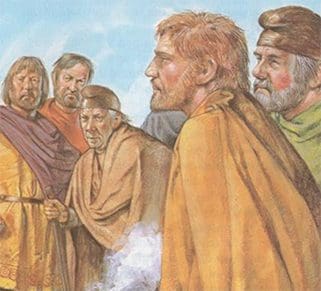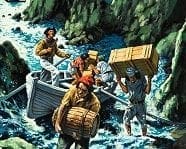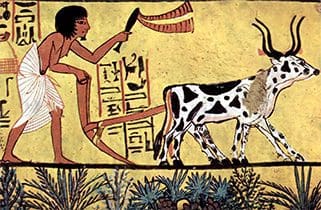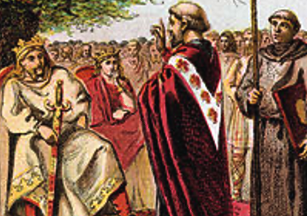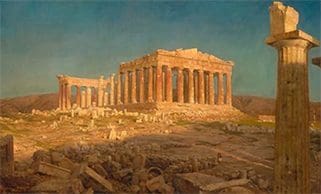
Any study of ancient Greek society must begin with an appreciation of the physical features of Greece. Landform and climate do not explain the vast and varied achievements of the ancient Greeks, but they have determined and influenced many of the political economic and social developments for which ancient Greece is remembered.
These introductory activities help KS2 pupils locate Ancient Greece in space and time and also focuses on the key aspect of working out how we can be sure about life there 2500 yrs ago.
Learning objectives
- Pupils understand that our knowledge of the climate and geography of Greece today helps us understand the importance of: long indented coastlines, mostly mountainous interior, few areas of flat fertile land, abundant islands.
- They grasp that these feature frequently in Greek legends.
- They can locate Ancient Greece, Crete, Athens and Sparta on a map.
- Pupils can place Ancient Greece on a simple

